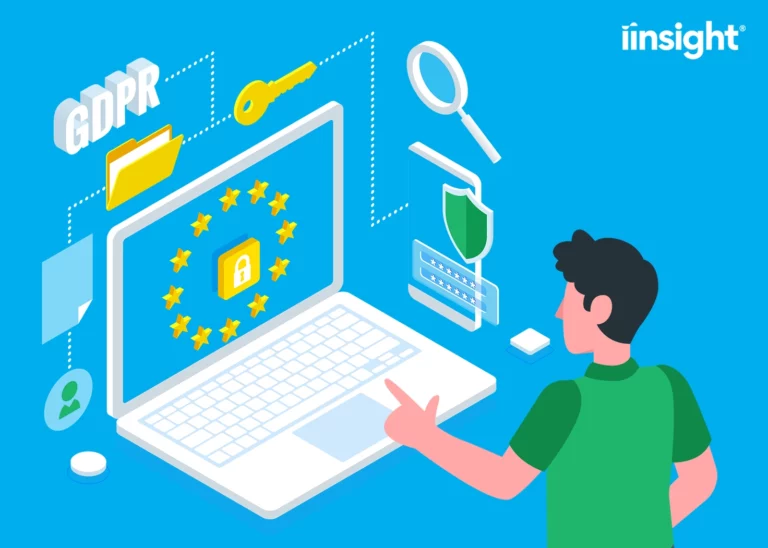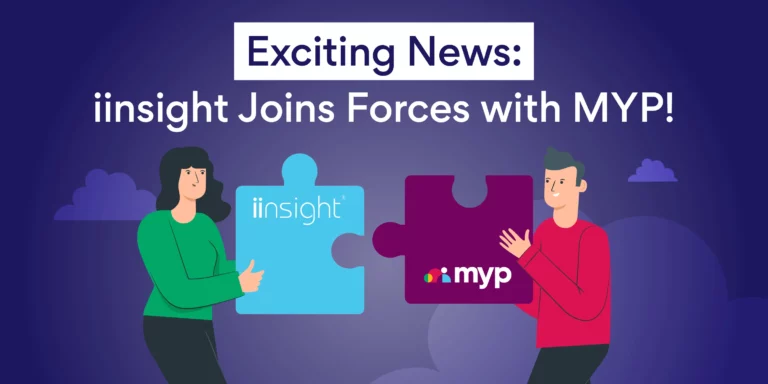Record-keeping is essential to every workplace health and safety management system, as it aids in risk control and oversees hazards before unfortunate incidents occur. However, there is always a risk of having records disorganised or misplaced, especially when you lack a unique platform to store and organise them. To prevent those problems, consider investing in a good WHS management system software that can be scaled to your organisation’s unique requirements.
Workplace health and safety management can be easier when relevant records are properly maintained and organised. These records can include standard operating procedures, induction and training records, code of conduct, health and safety procedures and policies, the register of injuries, risk assessments and hazard identification, equipment records, and safety audit reports. A cloud-based WHS management software can eliminate problems associated with storing those records.
Keeping records electronically is a good way to minimise data loss and theft while ensuring round-the-clock and secure access from any device. That said, you may want to look into a cloud-based WHS management system software. Just make sure that it can easily be adapted to the way you work so that you can minimise training and overhead costs.
There are many ways that this solution can help you keep things organised in your organisation:
- Keep records up-to-date at all times – Because it is accessible from anywhere, it allows you and your team to work remotely or use any device, and keep files updated any time. You can save new documents into the software by dragging and dropping them directly from the computer to a particular case file.
- The WHS management software integrates with the accounting system, too, so administrative costs and double data entry are eliminated. This should keep payments and invoices automatically synchronised between both systems.
- Tracking – Use the software to track contractor time and costs, create invoices and billings, and schedule appointments or assign staff rosters with ease.
- Custom folders – The WHS management system software lets you make unique document labels and group documents per type, so you can easily find what you need when you need it.











